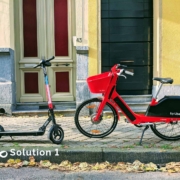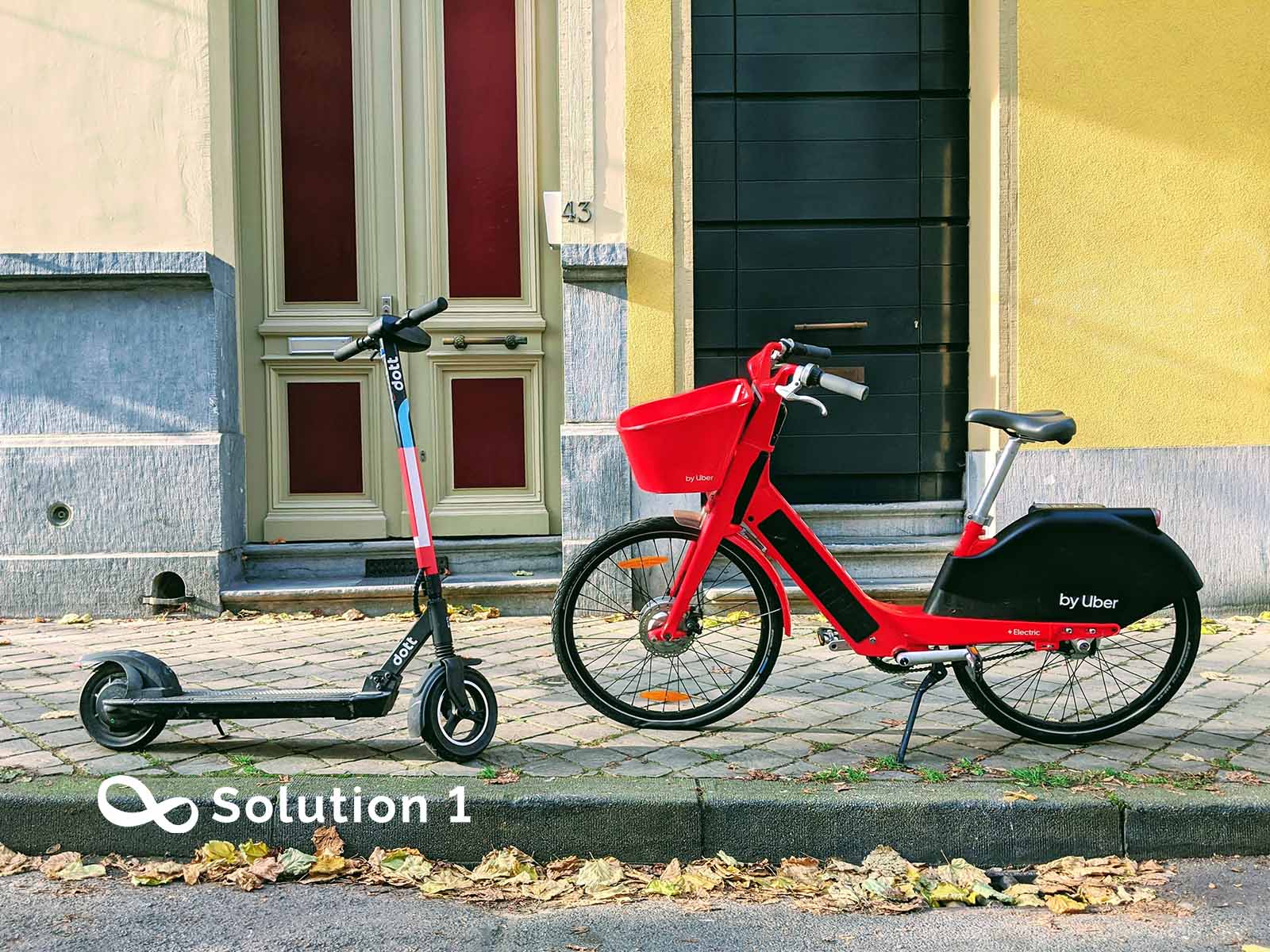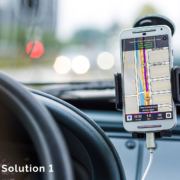Mobility as a Service is the biggest transport revolution of the 21st century.
- Mobility as a Service provides a new direction for personal mobility.
Transportation systems over time have begun to face a growing number of pressures. These pressures include pollution from transport-related emissions, congestion, and negative impacts on physical and mental health.
Many decades ago, economists have introduced the concept of personalized business services. Hutchins introduced a personalized mobility package as the optimum mixture of cost, routing, schedule, and flexibility in 1972.
Mobility as a Service is a digital concept that centers on integrating traditional public transport with other types of mobility services such as car-sharing and ride-sourcing. Mobility as a Service has become a discussed topic within the transportation industry.
“The global mobility as a service market was valued at $128,489.2 million in 2021, which is expected to reach $519,697.5 million by 2030, fostering at a CAGR of 16.8% from 2021 to 2030, according to the market research report published by P&S Intelligence.”
Mobility as a Service can make it easier for users to combine multiple mobility services into customized offerings that match their individual mobility needs. This modal shift could potentially address some of transportation systems’ problems, such as congestion, car parking, and carbon dioxide emissions.
New mobility applications that offer travelers around the world the best multimodal trip planning by combining public transportation, car-sharing, scooter services, bicycle and ride-hailing include a combination of solutions developed to shape the future.
Mobility service is leading to the emergence of a new kind of transportation. Automakers, technology developers, and service operators developing the adopted applications of autonomous vehicles at scale and as a major mobility solution. Such as Volkswagen Group and Hyundai have partnered with Aurora Innovations to begin autonomous technology. Daimler and Toyota have partnered with Uber to introduce autonomous vehicles in Uber’s rides.
- Mobility as a Service has helped shape urban design and development.
Mobility solutions that currently dominate the market in developed countries have raised global challenges. Privately owned motorized vehicles have been adopted in masses to satisfy our mobility needs. However, this has led to urban issues like traffic congestion, air pollution, and shortage of parking spaces. Such as shortage of parking spaces leads to slow-moving traffic and less available space for traffic vehicles, which causes congestion. For reasons outlined above, we really need new mobility solutions are required to facilitate future transportation.
Looking at the direction in which the developments go, it is seen that people want more cost-effective and more flexible solutions. The young generation has a low interest in buying cars and traveling in their own vehicles. The continuous transfer of information about the world of the internet, the shortening of distances with new technologies developing in the field of transportation, and the desire of young people to travel around the world without being bound to one place change the tendencies.
“According to P&S Intelligence, In 2021, the daily commuting category accounted for the largest mobility-as-a-service market share, and it is predicted to expand at the fastest pace in the coming years. By 2050, 68% of the world’s population will live in urban areas, and it is expected to aggravate the traffic congestion on highways, thereby driving the demand for Mobility as a Service.”
An evolution is underway, in which travel is no longer analyzed from the point of view of owning a means of transport, but rather from the point of view of mobility as a service, one in which user comfort is key.







